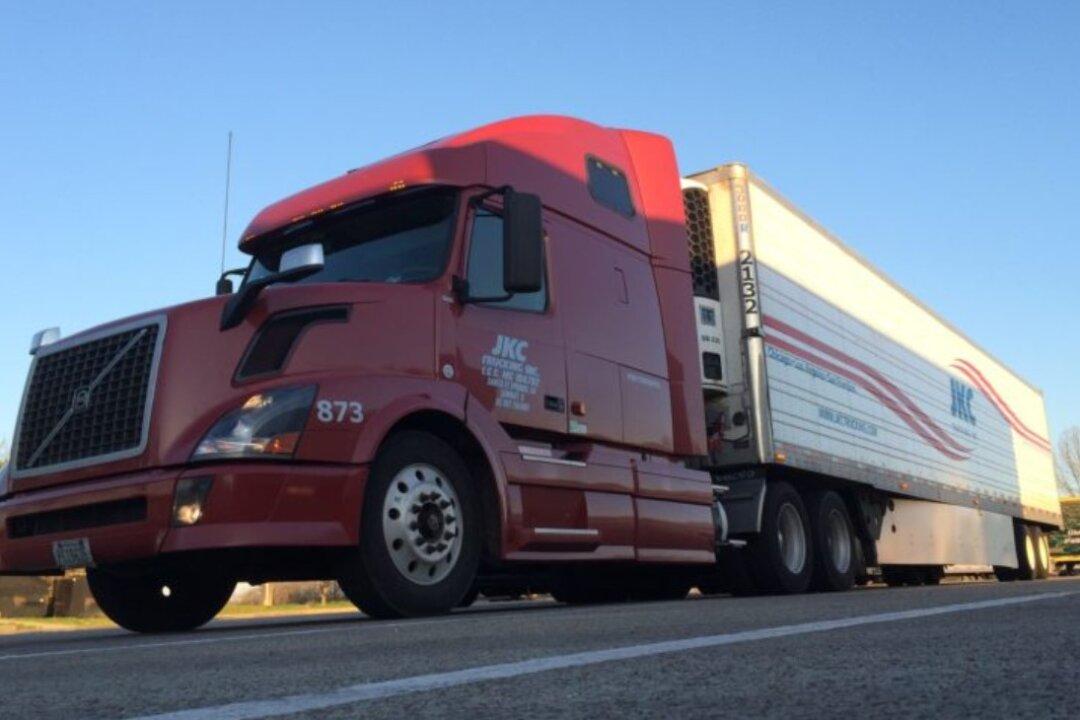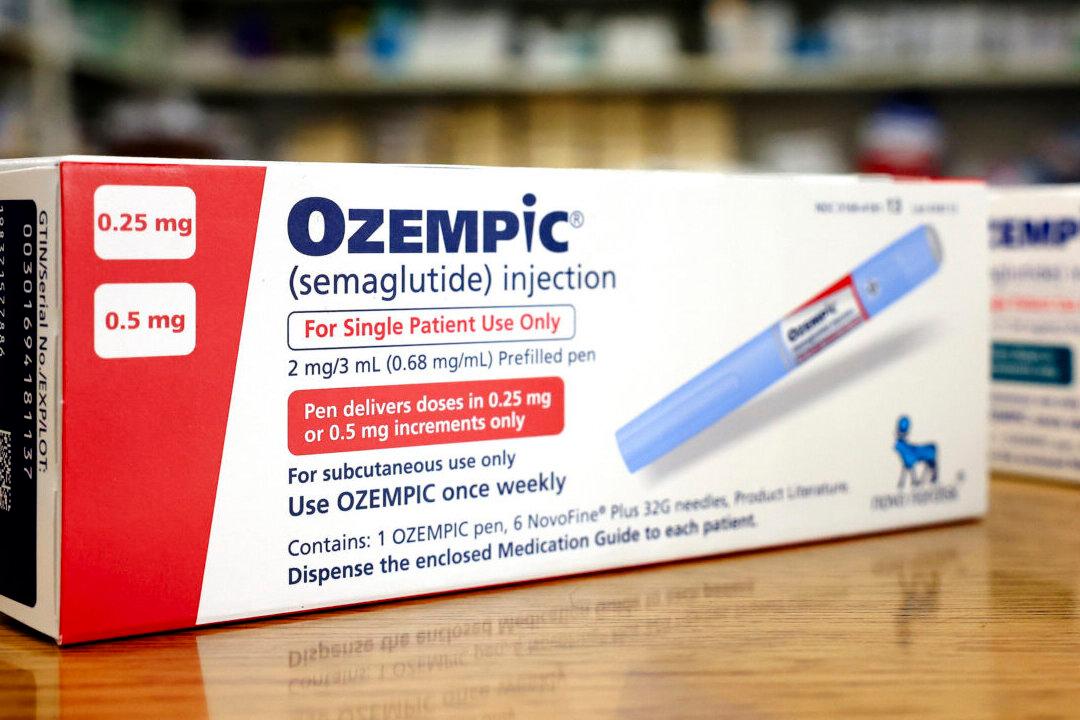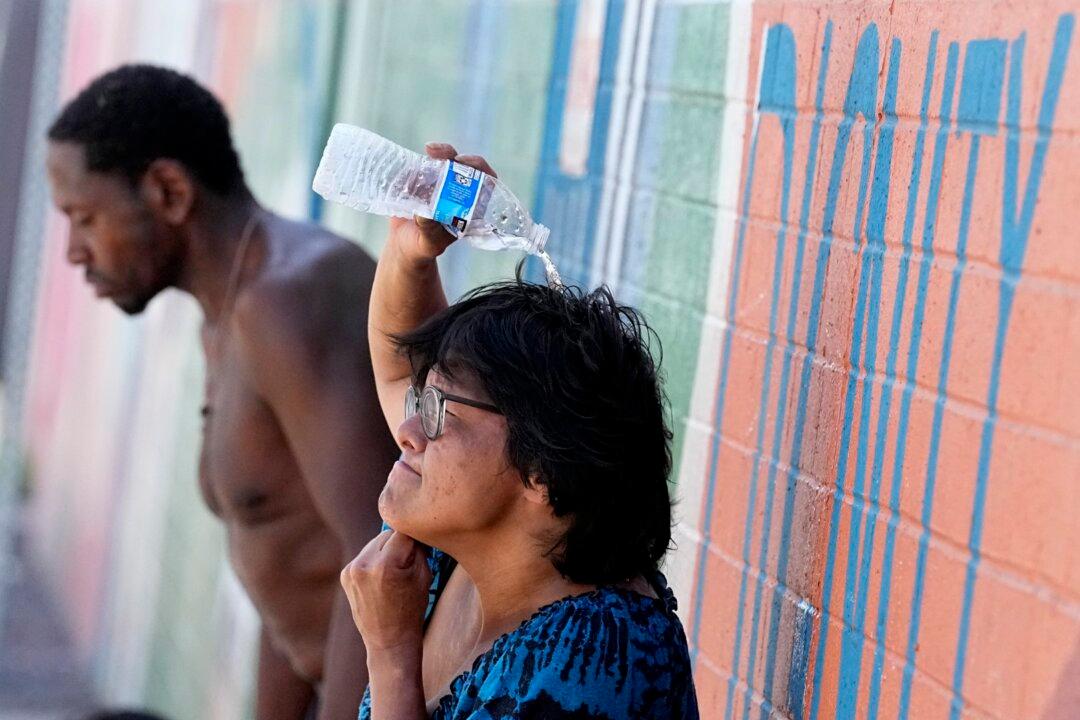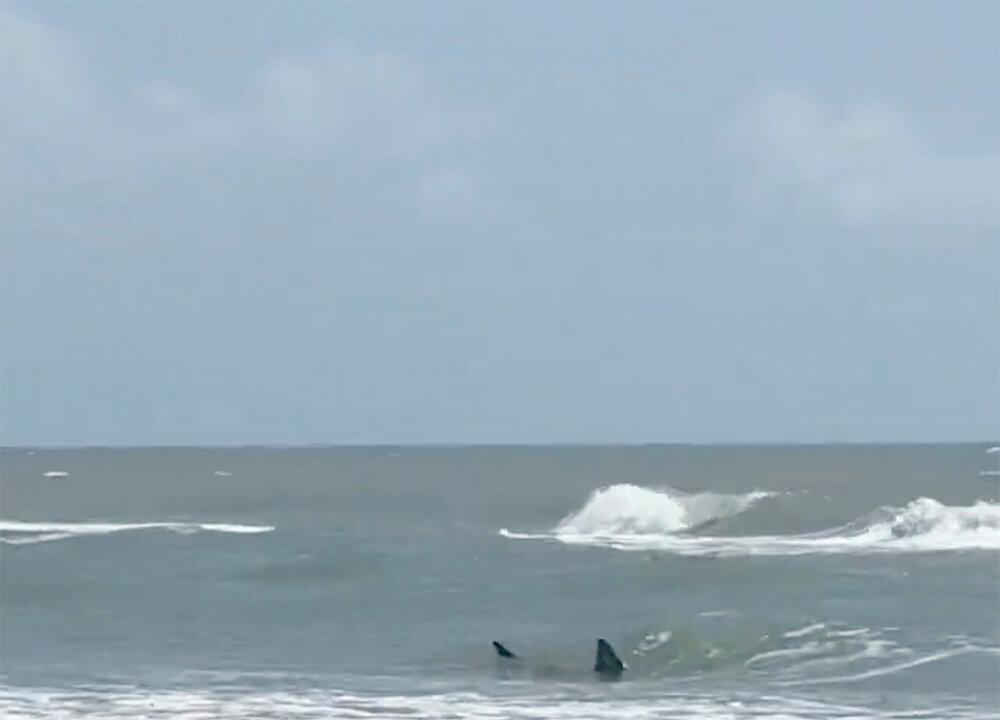A recent report shows no positive readings in the Trucking Conditions Index until 2024.
The latest Trucking Conditions Index (TCI) report by Freight Transportation Research Associates, Inc. (FTR) showed a slight improvement in December to -6.1 from November’s -7.94 reading.





